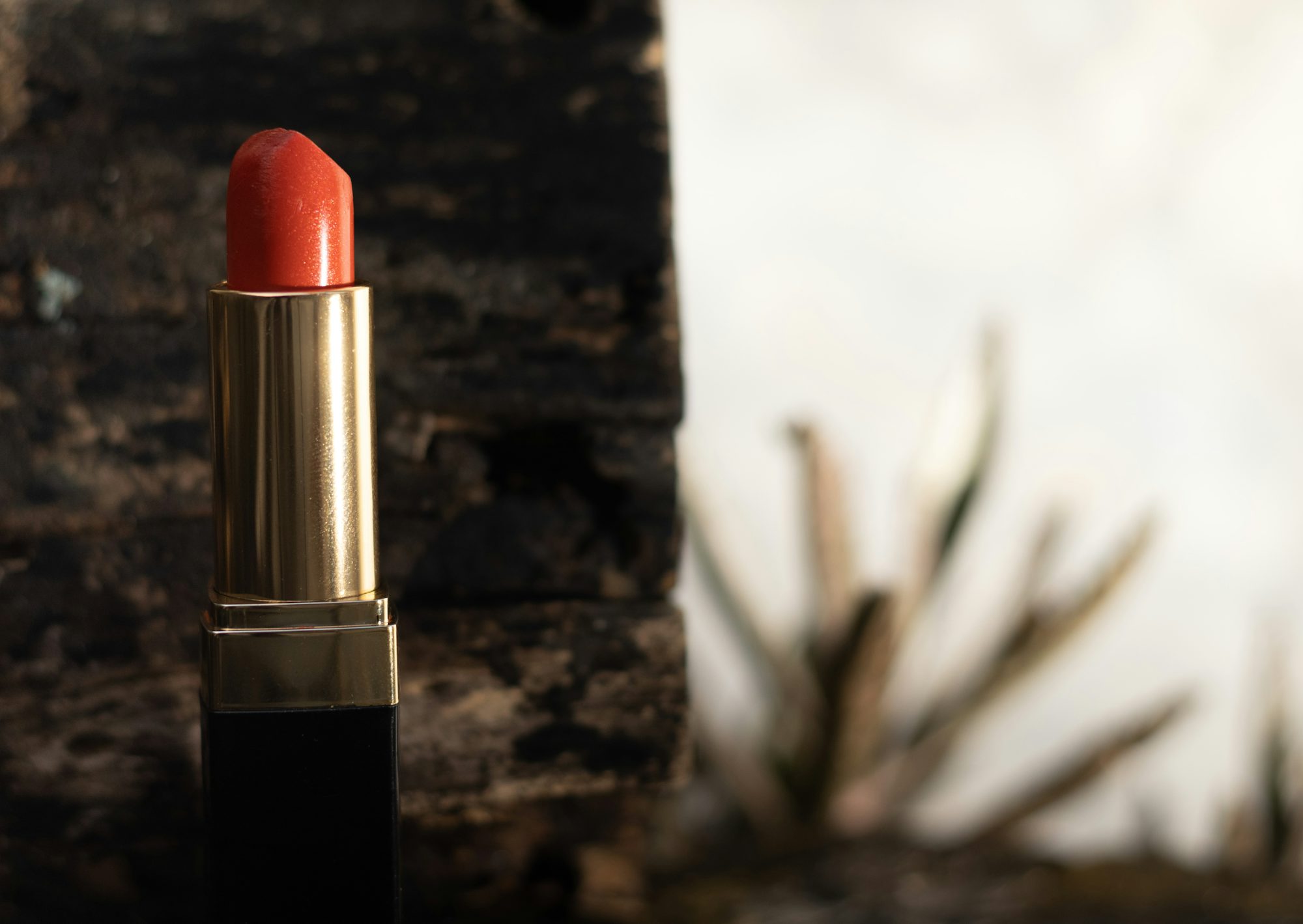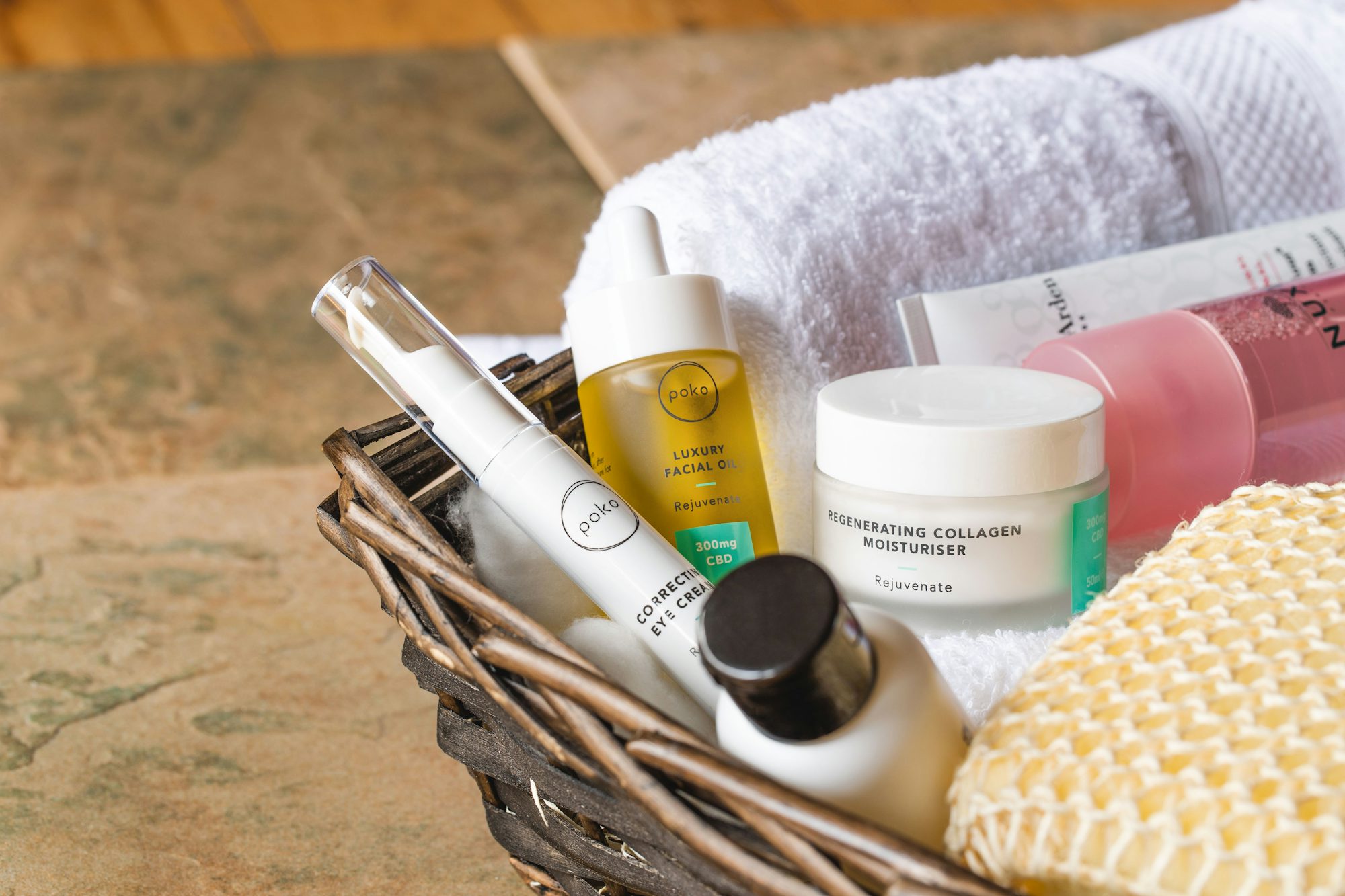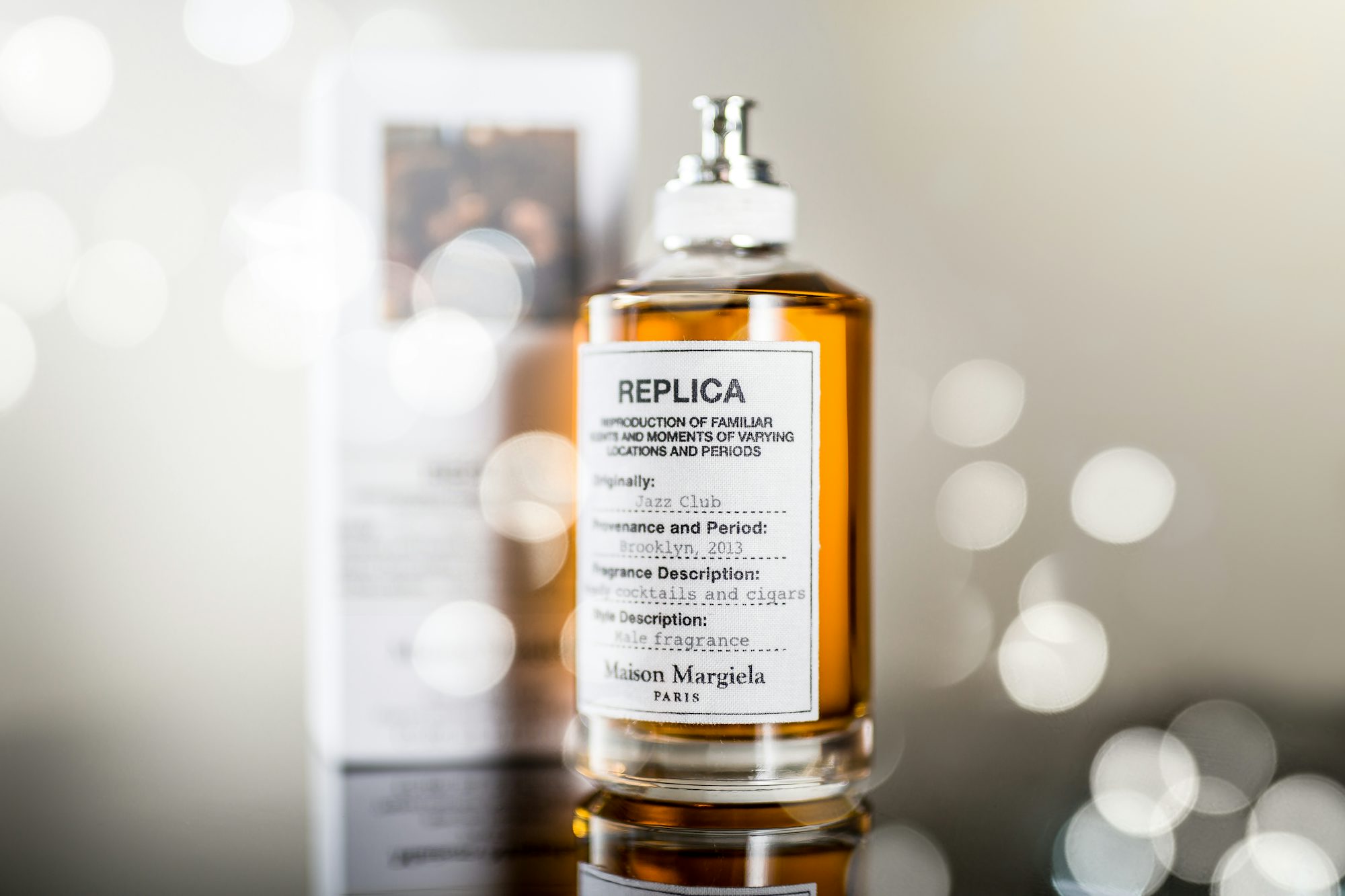In the realm of personal fragrance, classic perfumes hold a unique place, transcending trends and embodying timeless elegance. These scents, often rooted in rich histories and crafted with exceptional artistry, evoke nostalgia and sophistication. In this article, we will explore the allure of classic perfumes, tracing their origins, examining key fragrance families, and discussing what continues to make them beloved choices today.
The Historical Context of Classic Perfumes
Perfume has been an integral part of human culture for thousands of years. From the ancient Egyptians, who used fragrant oils in religious rituals, to the royal courts of Europe, where scent was a symbol of status and luxury, the history of perfume is deeply intertwined with human expression and artistry. Classic perfumes often stem from this rich heritage, showcasing the craftsmanship of renowned perfumers who have shaped the fragrance landscape.
Defining Classic Perfumes
While the term ‘classic’ may seem subjective, it typically refers to fragrances that have stood the test of time, often introduced decades or even centuries ago. These scents are characterized by their quality ingredients, balanced compositions, and the emotional connections they create. Classic perfumes are not just scents; they are narratives woven into a bottle, each note telling a story of its own.
Key Fragrance Families in Classic Perfumes
Classic perfumes can be categorized into several fragrance families, each offering distinct characteristics and emotional resonances. Here are some of the most notable families:
1. Floral: Floral fragrances are perhaps the most iconic within the classic realm. From the timeless elegance of rose to the romantic allure of jasmine, floral scents have adorned many classics. A quintessential example is Chanel No. 5, which combines floral notes with aldehydes to create a sophisticated and memorable signature.
2. Oriental (Amber): Known for their warmth and exotic nature, oriental fragrances often feature rich notes such as vanilla, incense, and spices. These scents exude sensuality and opulence. Guerlain’s Shalimar is a hallmark of this family, celebrating the lush and captivating essence of the East.
3. Woody: Woody fragrances evoke earthiness and warmth, often featuring notes like sandalwood, cedar, and patchouli. These scents bring a sense of grounding and sophistication. Tom Ford’s Oud Wood exemplifies this family, offering a modern twist on classic woody aromas.
4. Citrus: Fresh and invigorating, citrus fragrances are perfect for daytime wear. They feature notes like lemon, bergamot, and orange, providing a vibrant and uplifting experience. Acqua di Parma’s Colonia is a classic citrus fragrance that captures the essence of Italian summer.
5. Chypre: This family combines citrus top notes with floral middle notes and earthy base notes, creating a complex and sophisticated scent profile. The iconic fragrance Miss Dior embodies the chypre family, merging floral elegance with a woody base.
The Art of Crafting a Classic
Creating a classic perfume is an intricate process that requires a deep understanding of scent composition and the ability to balance various notes. Master perfumers often draw inspiration from nature, art, and personal experiences, resulting in fragrances that resonate on multiple levels. The choice of ingredients is crucial; high-quality raw materials contribute to the depth and longevity of the scent.
Emotional Connections to Classic Perfumes
One of the most compelling aspects of classic perfumes is their ability to evoke memories and emotions. A familiar scent can transport us back to cherished moments, from the first whiff of a loved one’s fragrance to the scent of a special place. This emotional connection is a powerful testament to the significance of fragrance in our lives.
The Enduring Popularity of Classic Perfumes
Despite the ever-changing landscape of fashion and beauty, classic perfumes continue to hold their own. New releases may capture the attention of fragrance enthusiasts, but the timelessness of classics ensures their place in the market. Many people find comfort in reaching for a classic scent, knowing it will evoke a sense of familiarity and elegance.
How to Choose and Wear Classic Perfumes
When selecting a classic perfume, it’s essential to consider personal preferences and how a fragrance interacts with your body chemistry. Here are some tips for choosing and wearing classic fragrances:
1. Test Before You Invest: Always try a fragrance on your skin before purchasing. What smells delightful in the bottle may transform when it interacts with your skin.
2. Consider Your Lifestyle: Think about when and where you’ll wear the fragrance. Some classics are perfect for formal occasions, while others may suit everyday wear.
3. Layering and Complementing: Classic fragrances can be layered with lighter scents or paired with scented lotions to create a personalized aroma.
4. Know When to Apply: Applying fragrance to pulse points such as wrists, neck, and behind the ears enhances its presence and longevity.
Conclusion
Classic perfumes are more than just scents; they are the embodiment of history, artistry, and emotion. Their timeless allure and ability to connect us to cherished memories make them an essential part of the fragrance world. Whether you gravitate towards floral, oriental, woody, or citrus scents, exploring classic perfumes offers a glimpse into the craftsmanship that defines the art of fragrance. Embrace the elegance of classics and let them become a part of your own scent story, allowing their rich narratives to unfold with every application. As you embark on your fragrance journey, may you discover the perfect classic that resonates with your soul.






